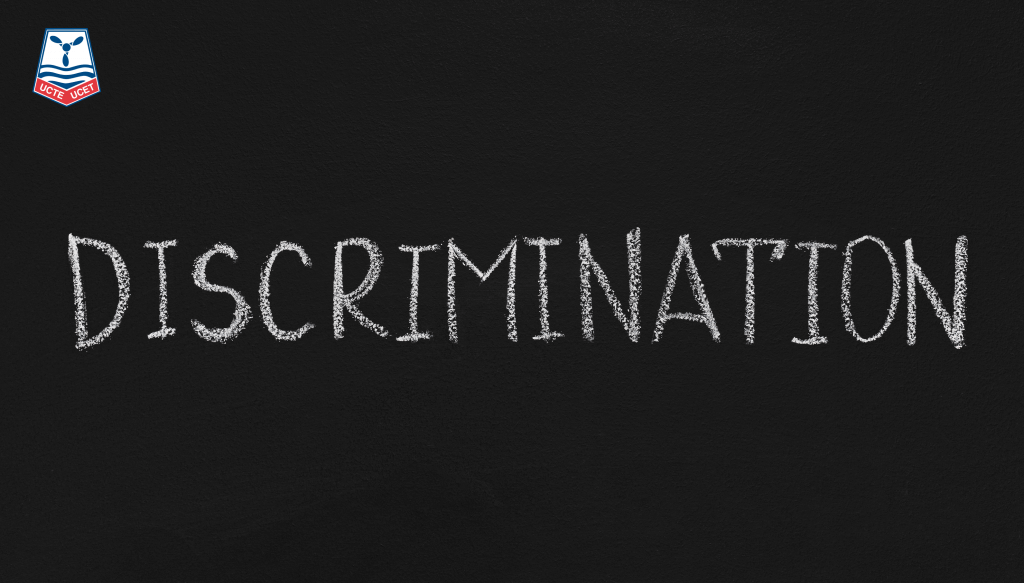International Day for the Elimination of Racial Discrimination
Everyone has the right to be treated equally in the workplace. This right is guaranteed by the Canadian Charter of Rights and Freedoms.
Although human rights matters may fall under federal, provincial or territorial jurisdiction, all levels of government take a similar approach to discrimination. There is no precise definition of discrimination in the various Human Rights codes, but the understanding of discrimination has evolved from case law.
On the basis of case law, the burden is on the complainant to prove a prima facie case of discrimination, that is, before resorting to the search for evidence in order for his/her complaint to proceed. The general criteria for meeting this requirement, established over time by the case law, are as follows:
- The complainant has a characteristic that is protected against discrimination under the Human Rights Code (race, colour and ethnic origin are generally mentioned in the various codes);
- The complainant was treated unfavourably;
- The ground of protection had a role to play in the prejudicial treatment.
In addition, the onus is on the complainant to demonstrate a link between the actions complained of and the prohibited ground (race/colour/ethnic origin). Mere allegations are not sufficient to meet this requirement.
Beware! There are exceptions if you are employed by the federal government or an organization under federal jurisdiction, or if the discrimination originates from a federally regulated service provider. Contact the Canadian Human Rights Commission for more information.
Here are 3 facts you need to know to understand that discrimination can be difficult to identify and deal with:
1) Discrimination in the workplace has multiple forms
Discrimination in the workplace is not just about gender, ethnicity, colour or religion. There are other forms of discrimination in the work environment, such as age, which are most prevalent and topical. Refusing to hire, promote or provide career opportunities based on age falls into this category.
2) Laws alone will not combat discrimination in the workplace
While there are programs and laws designed to eliminate gender-based wage discrimination and to promote pay equity for women, are organizations really implementing these principles, and should they adhere to them?
Are organizations taking the necessary steps to address such forms of discrimination by analyzing documents, evaluating jobs, identifying wage differences and implementing pay equity, or do they still feel that equity is a “concept” and not a “right”?
3) Discrimination in the workplace is not always intentional
Discrimination in the workplace is sometimes unintentional. Some employees may not know they are guilty!
For example, new immigrants may be given the same standardized test, lessening their chances of success. Or perhaps your job offer states that you are looking for “young, creative minds”, which could be interpreted as age discrimination.
What can I do if I am a victim of discrimination in the workplace?
Write down what happened and when. That way, you’ll have a good record of information in case you need it. Try to record events as soon as they occur, when it is still easy to remember what happened. If you face discrimination or hate over a long period, recording everything that happens will indicate that you have been subject to incessant discrimination.
If you work in a unionized environment, talk to your union representative before filing a human rights complaint. It may be possible that you have protections in your collective agreement.
